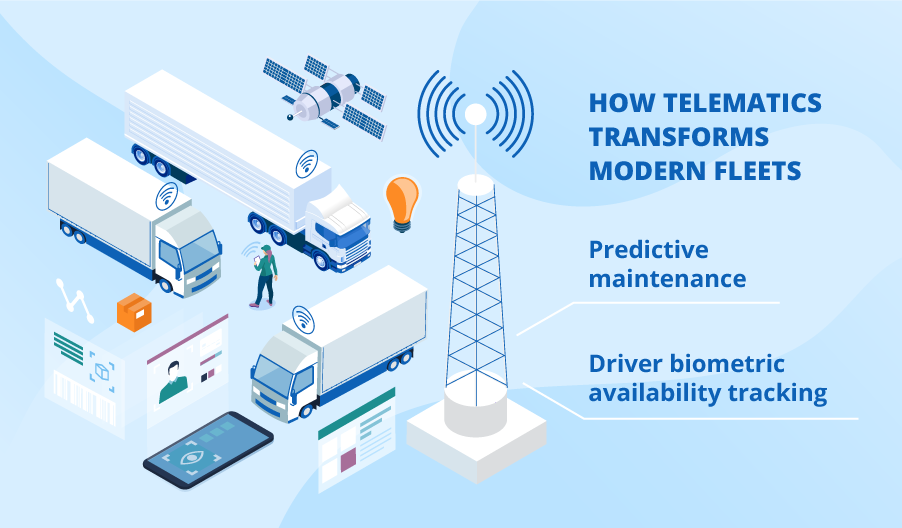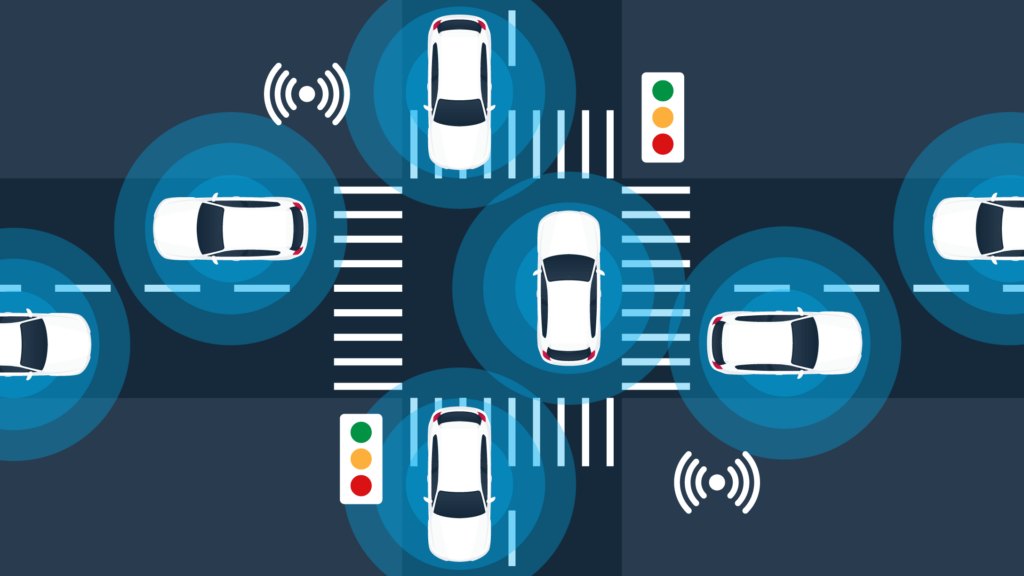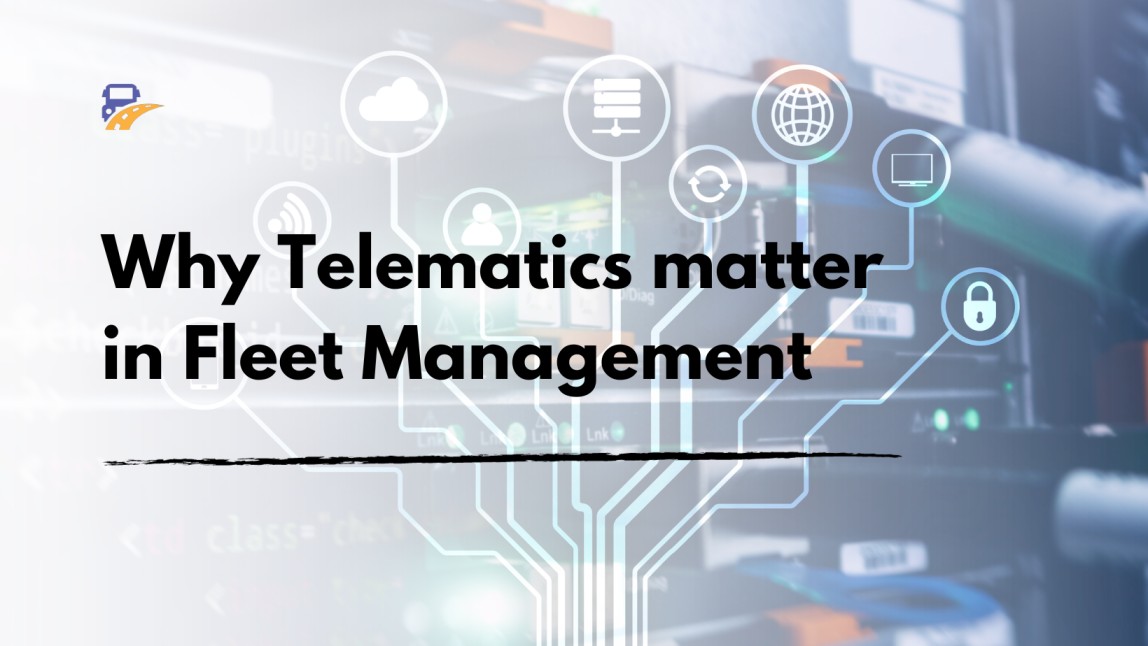Evolution of Telematics in Fleet Management
In the fast-paced world of fleet management, staying ahead requires embracing technological advancements. One such advancement is Telematics. It is the integration of telecommunications and informatics. Telematics has emerged as a pivotal force in reshaping how we manage fleets. This article delves into the historical evolution of telematics technology. We will trace its path from a concept to an indispensable tool for modern fleet operations.

Unlocking the Journey of Telematics in Fleet Management
Early Days and Milestones
Telematics, which started out as a way to track vehicles, became popular in the late 20th century. GPS technology paved the way, letting fleet managers see where vehicles are at all times. As technology improved, telematics went beyond tracking. Now it includes information about fuel usage, how well the engine is running, and how the driver is acting.
Integration of Advanced Sensors
The addition of high-tech devices to telematics systems was a major turning point. These sensors gave a lot of information besides location. They gave diagnostic information about the car and maintenance alerts. It gave information about how the weather affected driving conditions. Fleet managers could find the best routes, plan repairs ahead of time, and make the process smooth.
Data Analytics and Predictive Insights
The addition of data analytics changed the game. Telematics devices started to process huge amounts of data. This gave fleet managers useful information they could use. With predictive analytics, they were able to guess when the fleet needed maintenance. It helped managers find ways to save money and improve the general performance of the fleet. For example, looking at past driving habits could help you come up with ways that use less gas.
Enhanced Connectivity and IoT Integration
Telematics grew even more when it got better connected to and worked with the Internet of Things (IoT). The vehicles connected with each other and to fleet control systems. This made them part of a larger ecosystem that was all linked together. This connection made it possible to change routes based on real-time traffic information. This cut down on transport times and fuel use.
Improved Driver Safety and Compliance
The development of sensors has also made drivers safer and more likely to follow the rules. Modern telematics systems now watch how drivers act and give them real-time feedback. Giving them analysis on speeding, hard stopping, and staying within the speed limit. This not only makes things safer, but it also makes sure that they follow rules. This lowers the risk of accidents and the liabilities that come with them.
Future Trends and Innovations
As we look to the future, the way telematics is being used in fleet control points to even more advanced ideas. Predictive analytics will get even better with the help of AI and machine learning. Telematics will help companies make better decisions. Combining telemetry with self-driving car technology suggests that fleets will work smoother.

Navigating the Telematics Terrain
Finally, the development of telematics in fleet management has been a life-changing journey. We has ushered in a new era of speed and decision-making based on data. Telematics has changed the way we handle fleets. From simple tracking of vehicles to a whole ecosystem of connected vehicles.
Steering Your Fleet into the Future
The question is not whether to accept these technologies or not, but how to make the most of them. To make sure their fleets work well in a world where technology is always changing, fleet managers and workers should welcome new developments. They must keep up with the latest trends, and keep reevaluating their plans.
Charting the Course Forward
The history of telematics in fleet management shows how committed a business is to new ideas. Telematics has grown from simple beginnings to a complex network of vehicles. Its development continues to change what’s possible in fleet operations. One thing is certain as we move into the future: those who use telematics to their advantage will be in charge of speed and success. Let TransportSimple be your advantage in the ever-changing world.






Leave a Reply